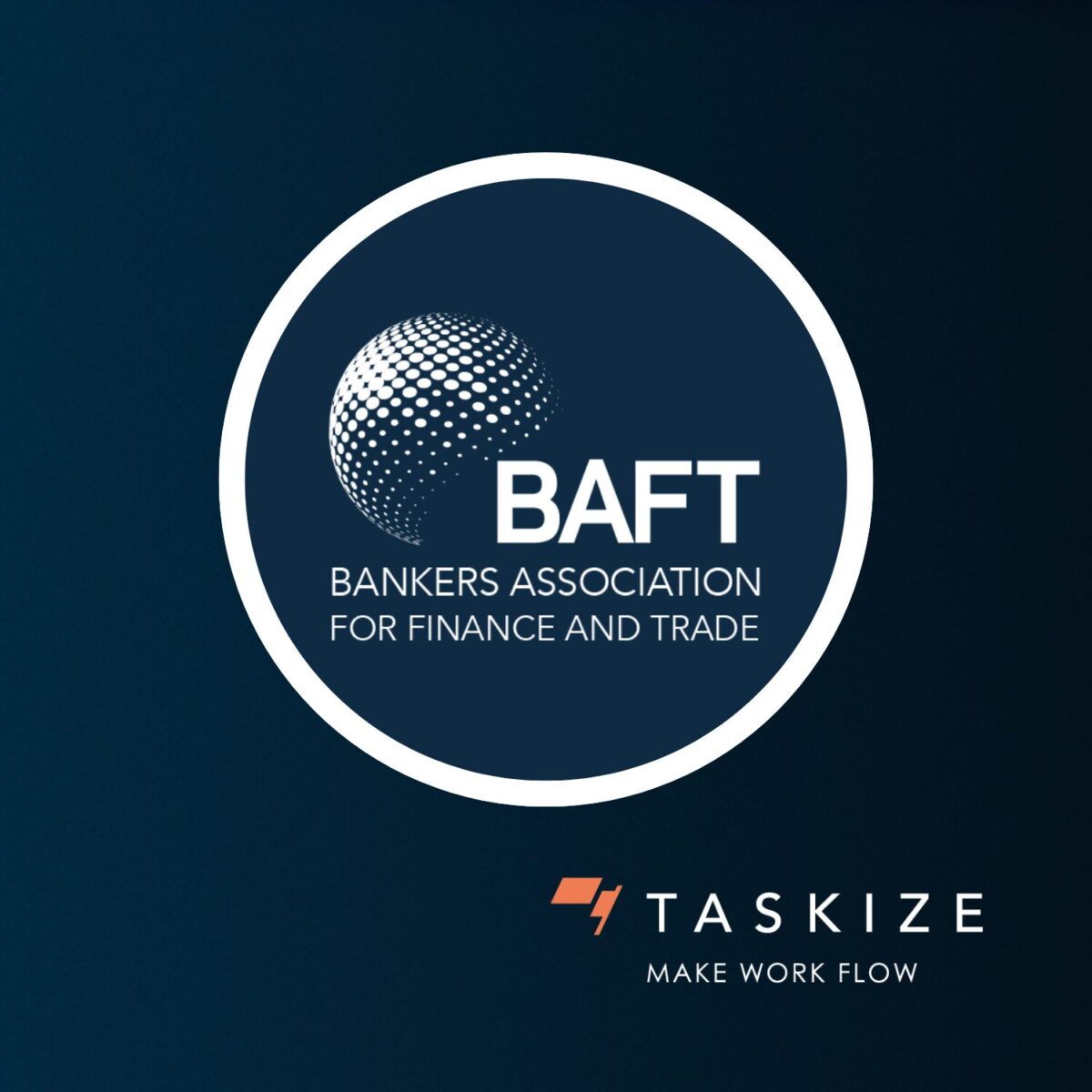Events & Webinars
After a decade of reform and retrenchment, the banking industry is on more secure footing. However, it is unclear whether banks have adjusted their business models and operating infrastructures to the post-crisis landscape, or if the ghosts of the past continue to hamper efforts to cut costs and improve efficiency.
Banks have implemented outsourced and offshore back office models to drive operational costs down, but have seen mixed outcomes at best. Years of under-investment have left many back-office processes too manual, fragmented and inefficient to be shipped offshore, migrated to a BPO provider, or overhauled by enterprise-wide transformation on today’s budgets. Typically, the systems on which processes run are deeply embedded into the fabric of the bank, their origins obscured by the passage of time, causing many to fear the consequences of tinkering with the unknown. While some have succeeded in retiring platforms, back-office systems at most global banks easily run into the thousands, and back-office headcount can be triple that level. Despite escalating regulatory pressures, the risks and costs of wholesale back-office reengineering are too large to contemplate, but the same could equally be said of continued reliance!
The key problems that thwart efficiency are the lack of commonality, and effective data and process sharing across counterparties. As an industry, we have a collective blind spot that prevents us from recognising the obvious: we’re all in this together.
Mutualisation of back-office costs and risks is very hard to pull off, but not impossible. There are examples where results have been achieved through sustained multilateral efforts to standardise processes and drive efficiencies through a multi-year commitment to harmonisation. From industry-owned cooperatives such as SWIFT, to industry association working groups, to the development initiatives of client-owned market infrastructure operators, it is clear banks can collaborate effectively to tackle common problems.
Today’s technological advances are making it easier to improve back-office productivity and efficiency without ripping out existing systems. Innovation now makes it possible to accelerate, automate and, importantly, mutualise the processes deployed to resolve the breaks and exceptions caused by the balkanised back-office landscape, if not to reduce their number.
Utility solutions based on common platforms and processes can help back-office staff to track and resolve errors and breaks more effectively. Taskize provides problem resolvers in the back office with a dedicated framework for issue resolution, supporting a network where information on errors can be exchanged more effectively and more securely. The system’s Smart Directory identifies authorised contacts at counterparty institutions, enabling operations teams to resolve an issue by quickly finding the right person at the right firm. Taskize also provides a dedicated environment for resolving problems, disputes and errors, not only encouraging collaboration across counterparties, but also fostering best practice in back-office processing by, for example, enabling benchmarking and peer group analysis.
Many further challenges lie ahead for operations staff, but it is clear banks will have to mutualise risks and costs to really tackle back-office operational efficiencies. It’s time to mobilise the power of the crowd.



